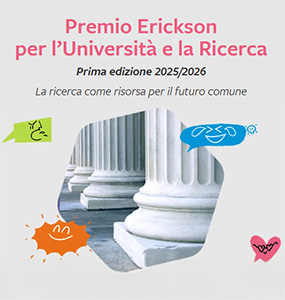Analysis and Application of Artwork Color
Ching Chih Liao
As many observe, aesthetic experience and awareness of color aesthetics is rather limited among new university design students, and their frequent use of mobile phones and social media erodes their narrative ability. Therefore, units for a required Color Theory course were designed based on cultivating the color aesthetic experience and narrative (storytelling) ability of these students. Peers evaluated naming a theme and theme story narration, self-portrait drawing, color naming and color matching, as well as completed a self-evaluation of their own learning. Research results show that this instructional design helps to improve students’ color association and color matching abilities and enhances their aesthetic experience, with significant highly positive correlations. However, the correlation between narrative ability, color matching and color association abilities, and aesthetic experience is relatively weak. The former suggests a future direction in the teaching of Color Theory, while the latter illustrates a need to further bolster narrative ability.
Keywords
Color theory, Aesthetic experience, Narrative ability, Color matching, Peer evaluation.



